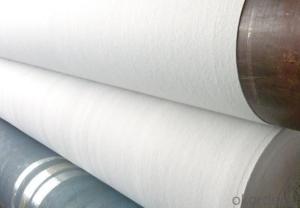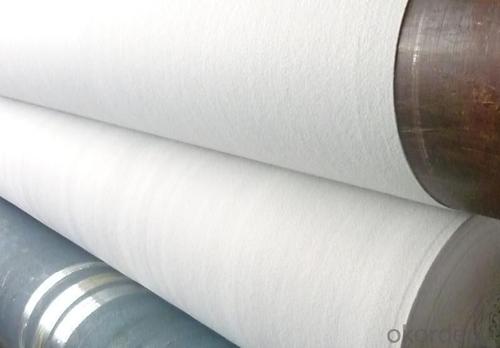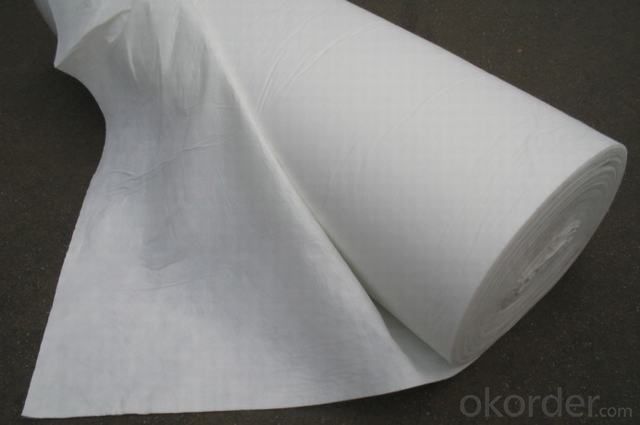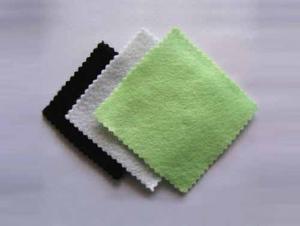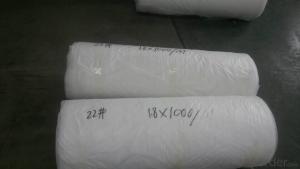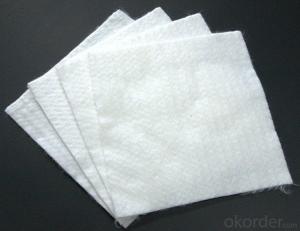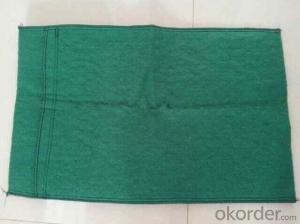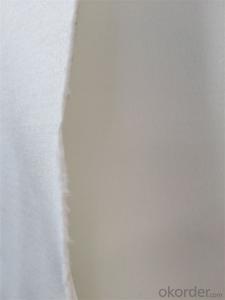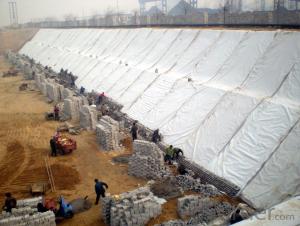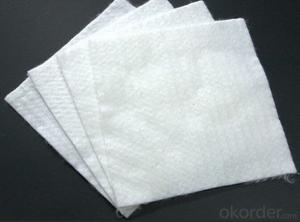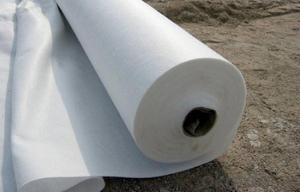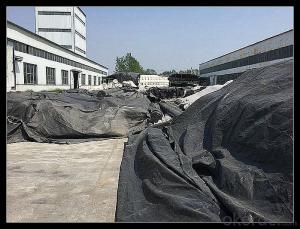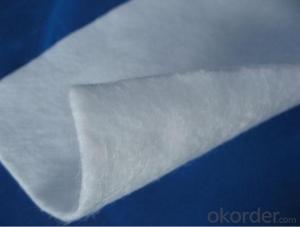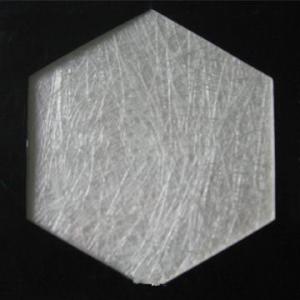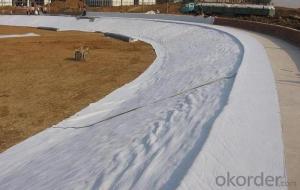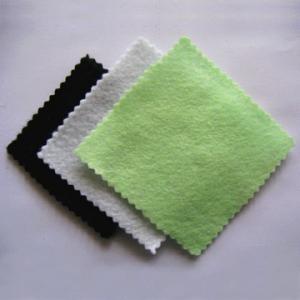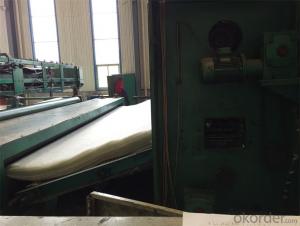Lamina Geotextil Antipunzonamiento PP/PET Needle Punched Geotextile for Railway Engineering
- Loading Port:
- Qingdao
- Payment Terms:
- TT OR LC
- Min Order Qty:
- 20000 m²
- Supply Capability:
- 1500000 m²/month
OKorder Service Pledge
OKorder Financial Service
You Might Also Like
TDS of PP/PET Needle Punched Geotextile for Road Construction:
Material | PP(polypropylene) or PET(polyester) |
Technics/process | Needle punched / thermally bonded |
Specification | 100g/m-1300g/m2 |
Width | 1m6m(as you demand) |
Length | 100m(as you demand) |
Colour | White, black |
Packing | PE film and woven cloth |
Load | According to your specification |
Payment terms | T/T or L/C |
Delivery time | Within 3 weeks |
Application | Geotextiles with various indicators of quality, with good stress -- strain and toughness, seepage performance and uniformity, and width, etc., And is applicable to roads, water, rail, mining dams, rivers, airports and other civil engineering, anyone in the works played reinforcement, segregation, filtration, filtration, drainage, and then extend the project life, reduced cost and easy construction, and it is easy to ensure the quality of the project. |
- Q: How do geotextiles aid in the reduction of pore water pressure?
- Geotextiles aid in the reduction of pore water pressure by providing a barrier that allows water to flow through while preventing the movement of fine soil particles. This helps to maintain the stability of soil structures, as the geotextile acts as a filter, allowing excess water to drain away and reducing the build-up of pressure within the soil.
- Q: Do you have a geotextile
- Summer to sunscreen, winter to antifreeze. The So summer not only to be able to block the sun, but also breathable. The Winter to warm good. The To achieve such a request, no matter what you can make the material. The
- Q: What is the filament single-sided singeing geotextile
- Filament single-sided singeing geotextile is through a series of hot-rolling process will filament geotextile side of the filament fiber roll hot filament geotextile surface of the unity, thereby increasing the filament geotextile non-slip, anti- Tear resistance. Filament singeing geotextile is generally used for landfill, tailings and other projects with rough surface geomembrane with the use of friction coefficient to increase and improve anti-skid performance. Filament single-sided singeing geotextile is the first production of finished filament geotextile, and then through the professional equipment for single-sided singeing.
- Q: How do geotextiles help with reinforcement of geogrid wall systems?
- Geotextiles help with the reinforcement of geogrid wall systems by acting as a separation and filtration layer. They prevent the mixing of different soil layers, which can compromise the stability of the wall system. Additionally, geotextiles help to distribute the loads evenly across the geogrids, enhancing their strength and overall performance.
- Q: How do geotextiles help in reducing soil compaction?
- Geotextiles help in reducing soil compaction by distributing the load from heavy vehicles or equipment over a larger area, thereby minimizing the pressure exerted on the soil. This prevents the soil particles from being compressed tightly together, allowing for better soil structure and drainage.
- Q: This is a large sample of gravel anti-filter how this project count
- Lack of slope and total length, can not accurately calculate the amount of engineering. Approximate estimates of cross-sectional area, then only a few simple graphics: clay tamping (rectangular), coarse gravel (trapezium), gravel and gravel (zoned plus parallel quadrilateral), geotextile (four sections)!
- Q: What are the factors to consider when specifying geotextiles?
- When specifying geotextiles, it is important to consider factors such as the type and purpose of the project, the desired functions of the geotextiles (filtration, separation, reinforcement, etc.), the site conditions, the expected loads and stresses, the required durability and longevity, the installation and maintenance requirements, and the cost-effectiveness of different geotextile options.
- Q: What is the difference between finished and semi-finished products?
- Think of ways to develop customers in the country Well. Foreigners may now also like, in the future may also like to like something else. We have the domestic people's own preferences are unable to control, but also control the other countries ah?
- Q: Can geotextiles be used in erosion control on steep slopes?
- Yes, geotextiles can be used in erosion control on steep slopes. Geotextiles are specially designed fabrics that are used to stabilize soil and prevent erosion. They can be installed on steep slopes to reinforce the soil, reduce water flow, and promote vegetation growth, all of which help to prevent erosion and maintain slope stability.
- Q: What are the different factors to consider for geotextile selection in landfill applications?
- There are several factors to consider when selecting geotextiles for landfill applications. These include the type and composition of waste being disposed of, potential chemical interactions, required strength and durability, permeability and filtration requirements, and compliance with regulatory standards. Other factors such as installation and maintenance costs, availability, and environmental sustainability also play a role in geotextile selection for landfill applications.
Send your message to us
Lamina Geotextil Antipunzonamiento PP/PET Needle Punched Geotextile for Railway Engineering
- Loading Port:
- Qingdao
- Payment Terms:
- TT OR LC
- Min Order Qty:
- 20000 m²
- Supply Capability:
- 1500000 m²/month
OKorder Service Pledge
OKorder Financial Service
Similar products
Hot products
Hot Searches
Related keywords
